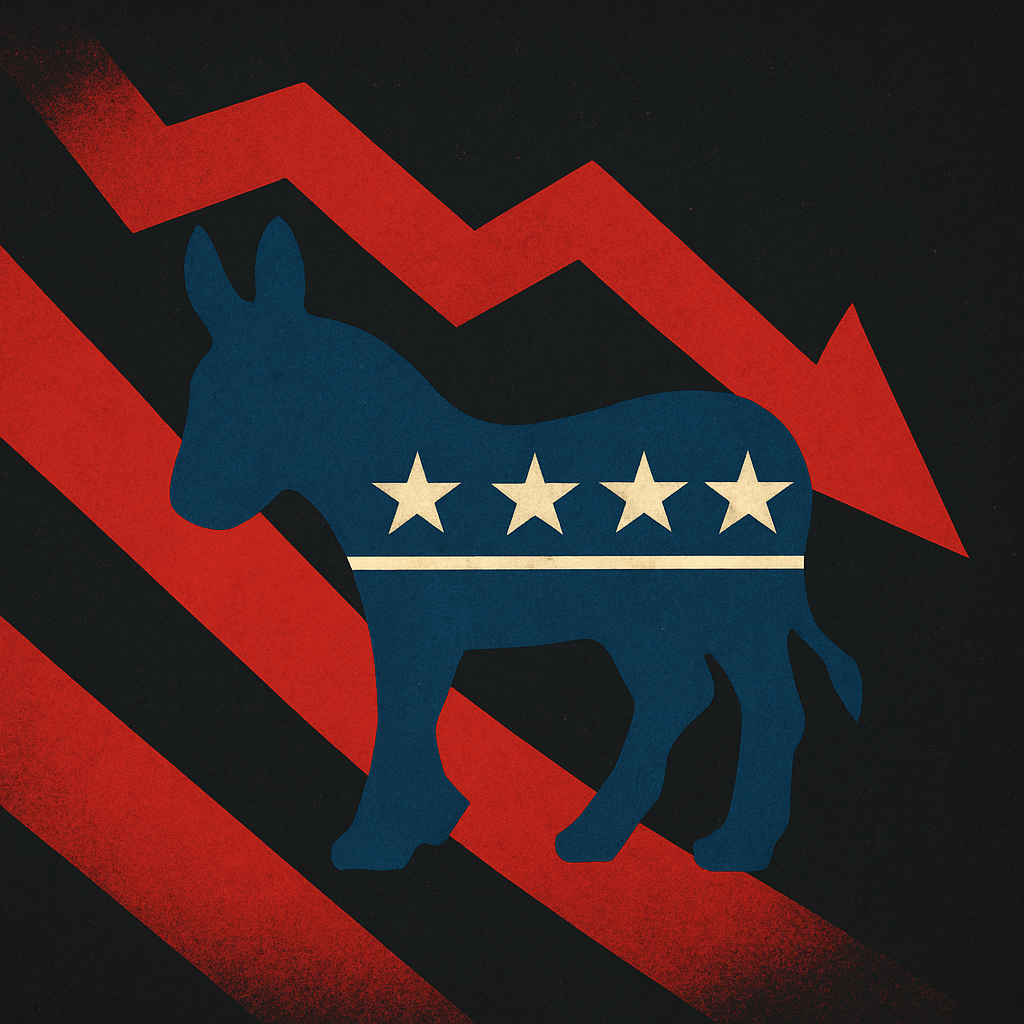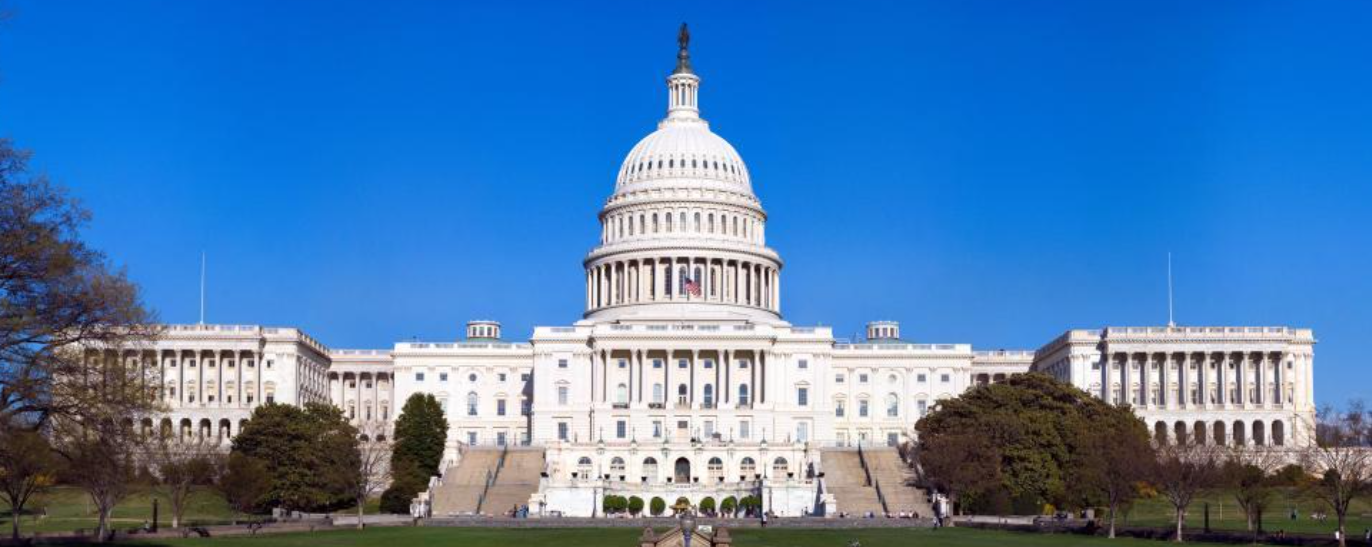New AAPC analysis shows Republicans may have gained the upper hand by reshaping the electorate beneath Democrats’ feet.
What to Know:
- Democratic registration declined in Arizona, Nevada, North Carolina, and Pennsylvania from 2020 to 2024
- Unaffiliated registration rose in all four states, especially in Pennsylvania and North Carolina
- Republican gains included Black and Hispanic voters registering at higher rates than in past cycles
- Turnout dropped in three of four states, with steeper declines for Democrats
- Hispanic Republicans outpaced Hispanic Democrats in turnout in Pennsylvania
In the wake of the 2024 presidential election, many postmortems have focused on turnout and messaging. But a quieter, longer-term shift may prove even more consequential. According to a new analysis from the American Association of Political Consultants, the Republican Party made steady registration gains across battleground states in the years leading up to 2024, fundamentally altering the composition of the electorate.
Amidst Democratic efforts to mobilize their existing voters, Republicans adopted a more fundamental strategy: reshaping the electorate itself. The consequences of that strategy are now coming into view.
Democratic Registration Declines as Unaffiliated Surge
The AAPC analysis examined voter registration data from Arizona, Nevada, North Carolina, and Pennsylvania. In each of these states, the share of registered Democrats declined between 2020 and 2024. At the same time, the number of unaffiliated or independent voters grew. Republican registration outperformed Democratic registration in all four states, either growing outright or remaining more stable amid the broader shifts.
Key Voter Registration Trends from 2020 to 2024 in Battleground States
|
Category |
Key Finding |
|
States Analyzed |
Arizona, Nevada, North Carolina, Pennsylvania |
|
Democratic Registration |
Declined in all four states from 2020 to 2024 |
|
Unaffiliated/Independent Growth |
Increased across all states, especially in Pennsylvania and North Carolina |
|
Republican Registration |
Outperformed Democrats in all four states; grew or held steady |
|
Demographic Shift |
Black and Hispanic voters increasingly registered as Republican or unaffiliated |
|
Strategic Impact |
Registration changes may affect targeting and field strategy in 2026 |
Turnout Dropped, but Democratic Drop-Off Was Steeper
Beyond registration, the report analyzed turnout as a share of registered voters. Turnout declined in three of the four battleground states. Although both parties saw reduced participation compared to 2020, the Democratic drop was more pronounced. The margins were narrow in many cases, but small differences had outsized impacts given the tight margins in statewide races.
Black and Hispanic voters also turned out at lower rates than in 2020. These declines were not primarily due to voters switching parties but rather to eligible voters staying home. This disengagement complicated efforts to mobilize the same coalition that powered the 2020 Democratic victory. In states like Arizona and Nevada, where elections can hinge on tens of thousands of votes, that kind of turnout gap is difficult to overcome.
The decline in turnout among Democratic-leaning voters did not occur in isolation. It unfolded alongside a broader reconfiguration of the voter file. As highlighted in the AAPC’s post-election analysis, a growing number of voters, especially Black and Hispanic individuals, registered as unaffiliated between 2020 and 2024. This shift in registration status diluted traditional party loyalty and made it more difficult for Democratic campaigns to re-engage past supporters using conventional targeting methods.
The net result is a more diffuse and unpredictable electorate. Campaigns can no longer rely on old assumptions about who will show up—and for whom. The Democrats’ challenge heading into 2026 is not just to win back lost voters but to rebuild the pathways to reach them in the first place.
The Return on Republican Field Investments
One of the more revealing aspects of the report is its emphasis on long-term field strategy. The Republican gains were not driven by a single surge during the election year but by consistent registration activity dating back several cycles. This included targeted efforts in rural counties and areas with growing Latino and Black populations. These operations may not have attracted media attention, but they steadily built a voter file more favorable to Republican candidates.
In contrast, Democratic registration efforts lagged. While Democratic campaigns maintained robust turnout infrastructures in 2024, especially in urban centers, they did not match the GOP’s incremental gains in less visible but strategically important counties. The net result was a registration and turnout map that tilted slightly but meaningfully in the Republicans’ favor.
Wrap Up
Looking ahead to the midterms, these findings suggest a need to rethink conventional assumptions about the electorate. Many campaigns are still operating under the framework that Democrats hold a durable registration edge in key states. The data shows that the edge has eroded. It also shows that the rise of unaffiliated voters—many of whom lean conservative or swing depending on cycle dynamics—adds a layer of complexity to voter targeting models.
Campaigns will need to rebalance their approach. Relying solely on turnout strategies without investment in registration infrastructure may prove insufficient. Rebuilding trust and engagement among disengaged Black and Hispanic voters will also require earlier and more localized outreach. In states with closed or semi-closed primaries, shifts in party registration could have downstream effects on primary competitiveness and general election viability.





